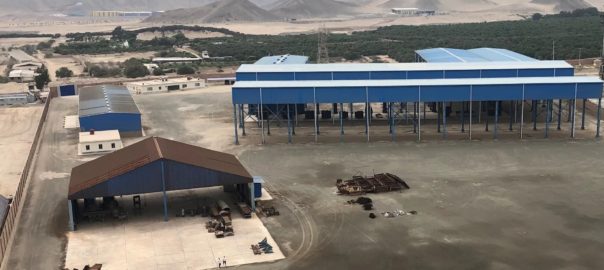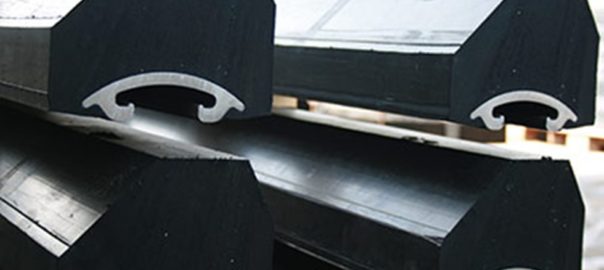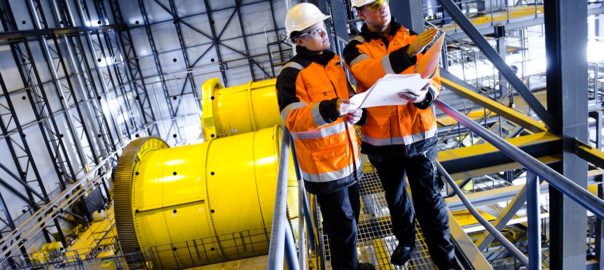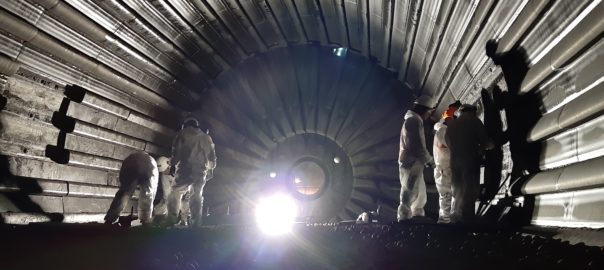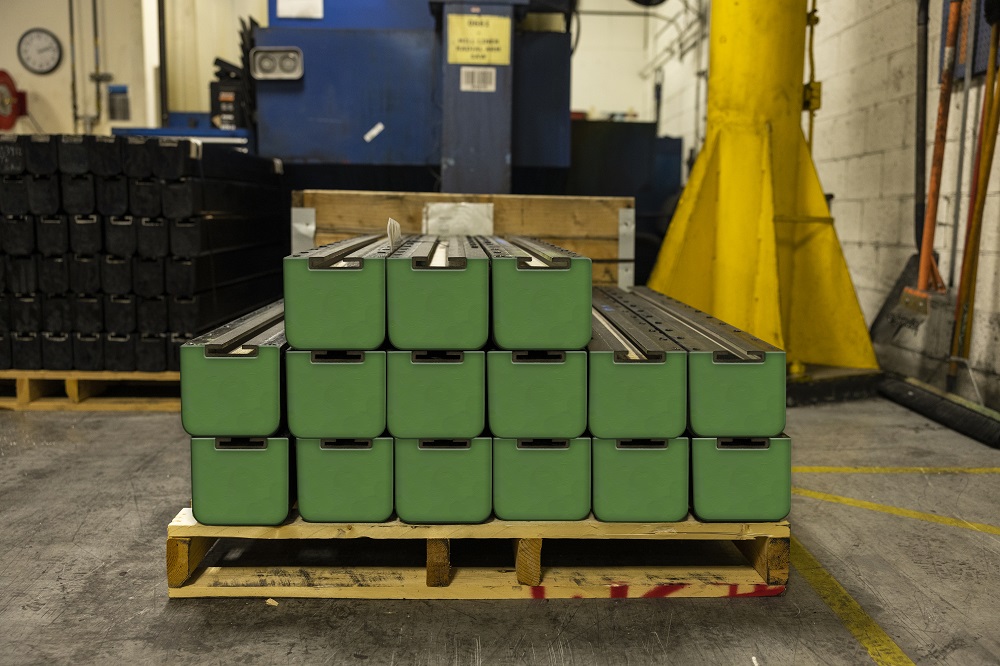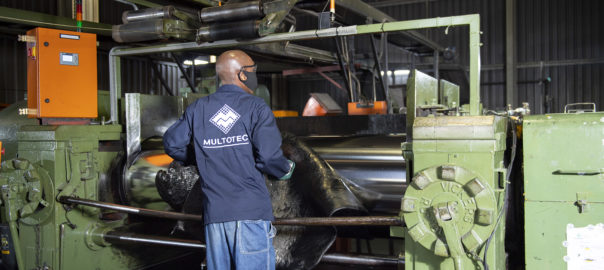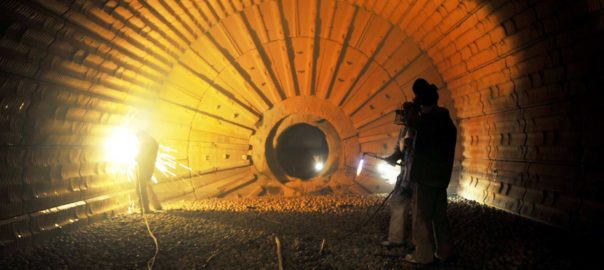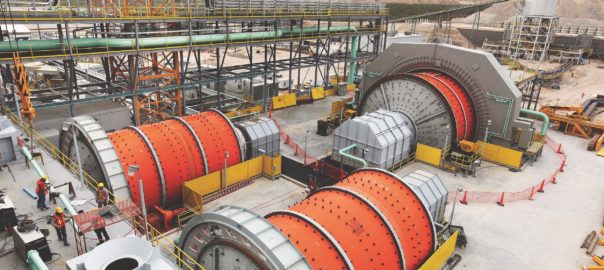Bradken, a wholly owned subsidiary of Hitachi Construction Machinery Co., Ltd, has purchased the land, buildings and some facilities necessary for a foundry from Fundacion Technologica S.A. (Funtec), a manufacturer of steel castings for mining sites in Peru.
Bradken says it aims to rapidly supply products and further expand its mill liner business to respond to the vigorous demand in South America, with a focus on Peru and Chile where hard rock is mined in abundance. Bradken will now complete construction of the foundry with first production of large mill liners expected in 2026.
This recent purchase was decided as part of the goal to provide products and solutions that solve customer issues at various touch points from pit to plant at mining sites.
The South American market for mill liners is the world’s largest, according to Bradken, and focuses on hard rock. Chile and Peru, in particular, have a high concentration of copper and gold mines which account for more than 80% of the demand for large mill liners in the South American region, it said.
Currently, Bradken imports mill liners for the South American market from India and Canada. However, producing mill liners locally in Peru will build a speedy product supply system and improve the ability to meet the needs of customers, including providing a pathway to recycle spent liners, delivering a more sustainable mining process.
The foundry purchased from Funtec is located in Chilca, some 70 km south of the capital city of Lima, Peru. Since this foundry is located in an industrial park, has many of the main plant items on site and already has permission for plant operation, typical approval and construction times can be accelerated, according to the company.
Furthermore, due to the ability to procure power based on hydroelectric power generation utilising Peru’s water resources, the new plant is expected to reduce annual CO2 emissions during plant operation by approximately 95% compared with the use of typical electrical energy by maximising the usage of hydroelectric power, according to studies from Bradken.
This purchase marks the first large-scale investment project in South America in the independent business undertaken in the Americas by the Hitachi Construction Machinery Group since March 2022. In the future, the group will consider using the Peru foundry targeted for investment at this time as a depot for storing Hitachi Construction Machinery mining parts and plans to leverage it as a South American mining market base for the Hitachi Construction Machinery Group.







